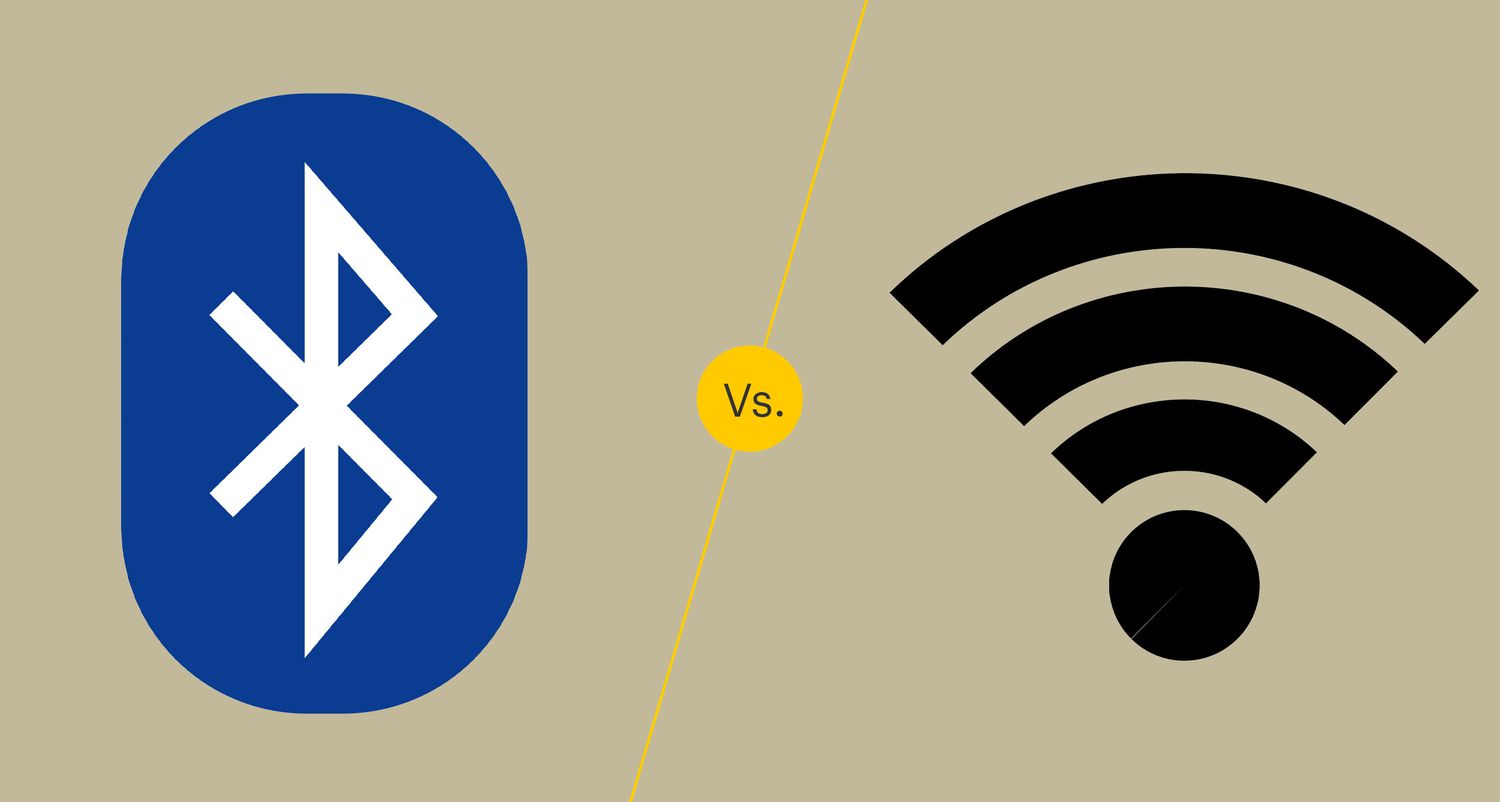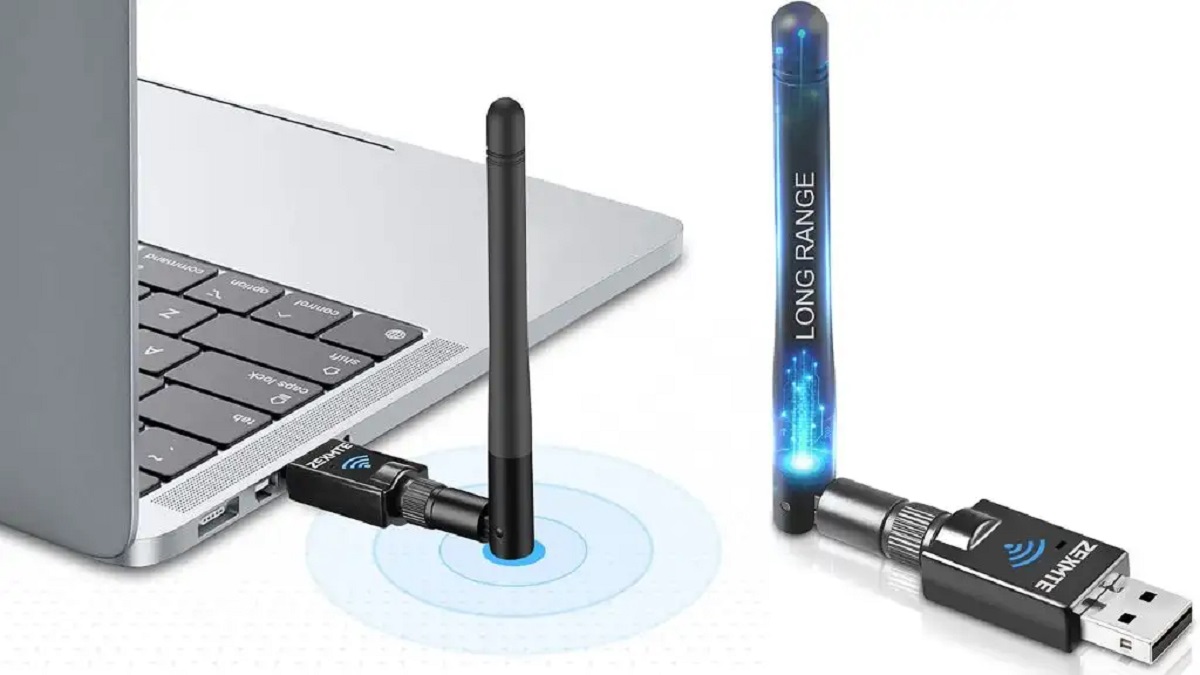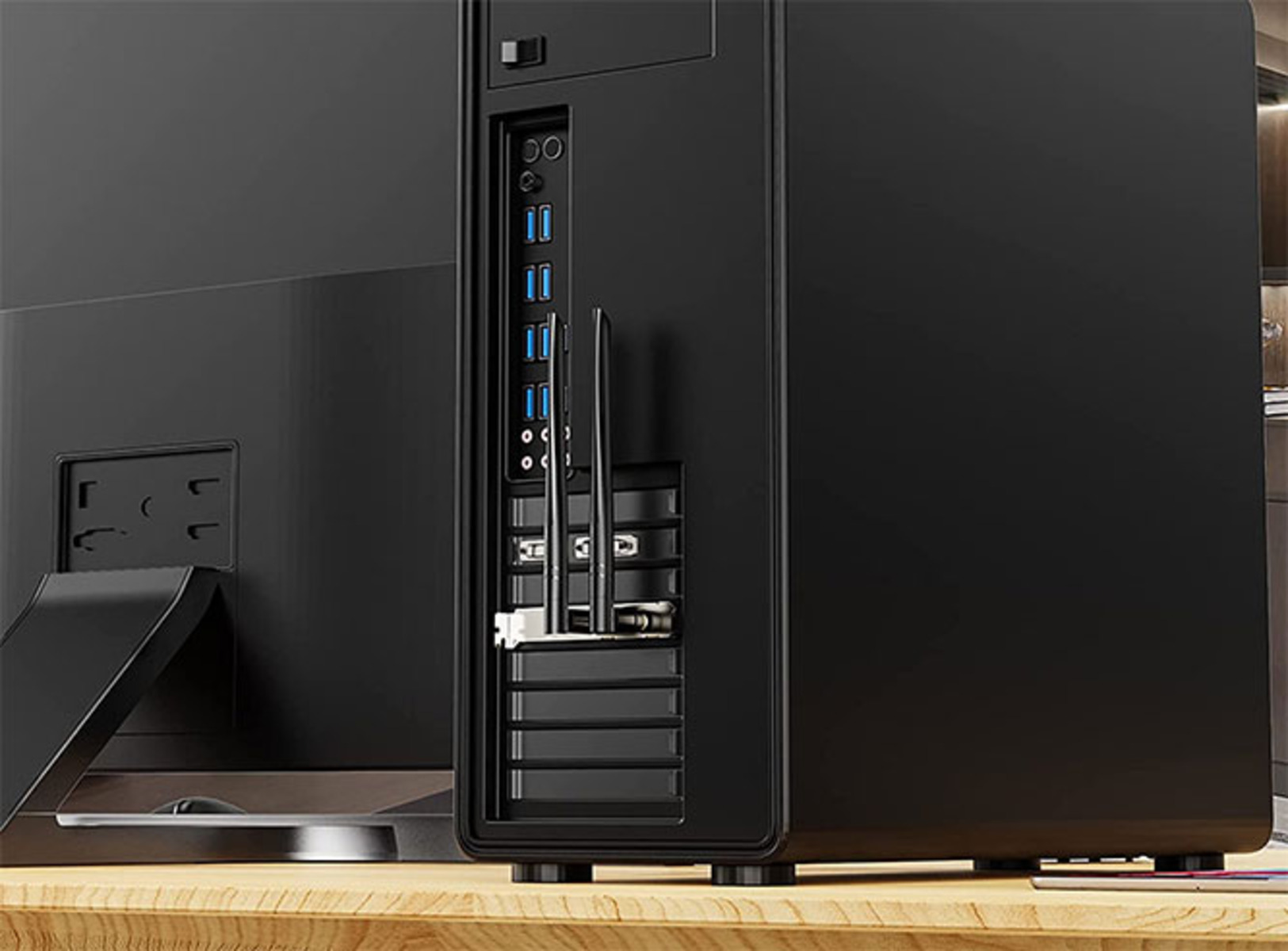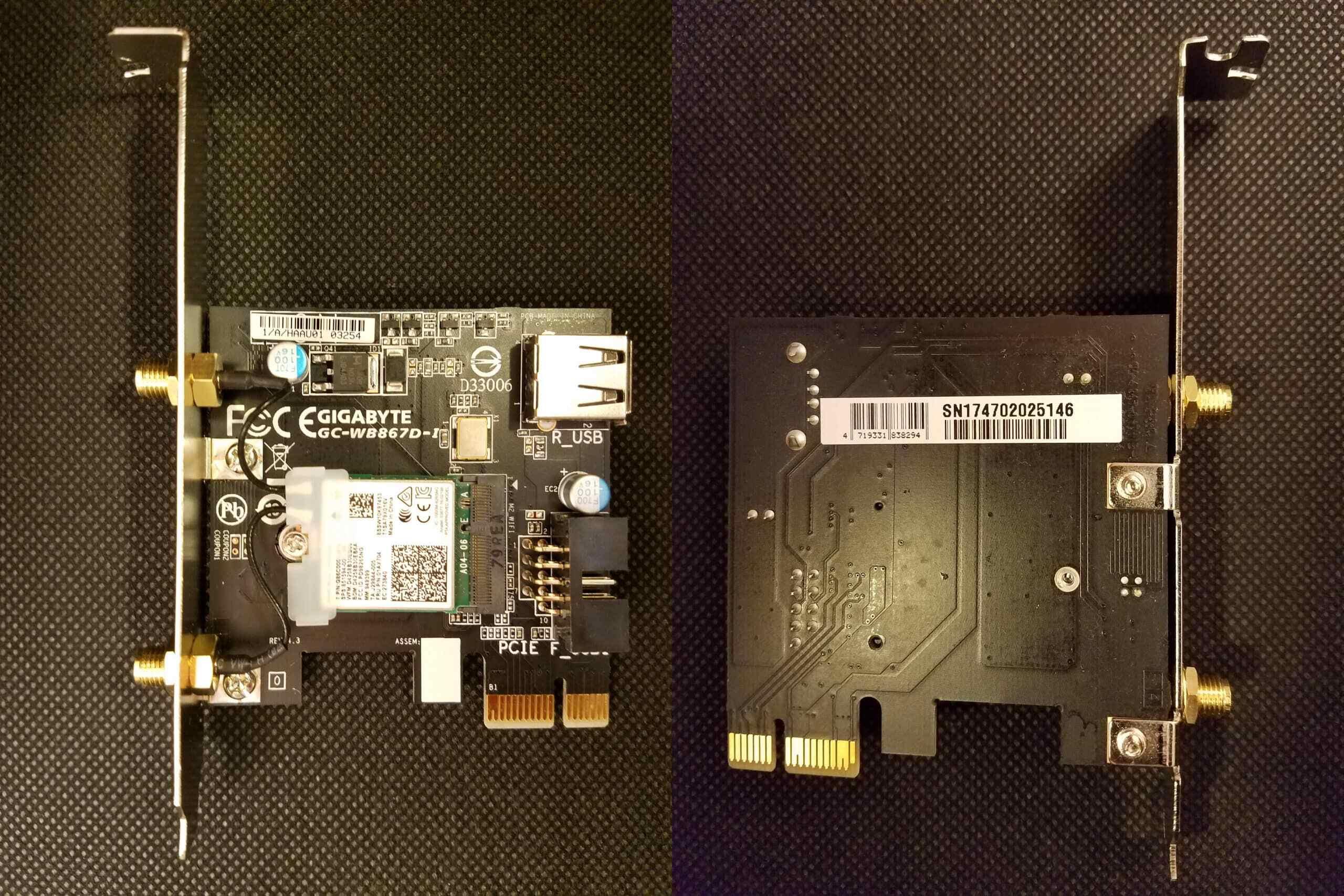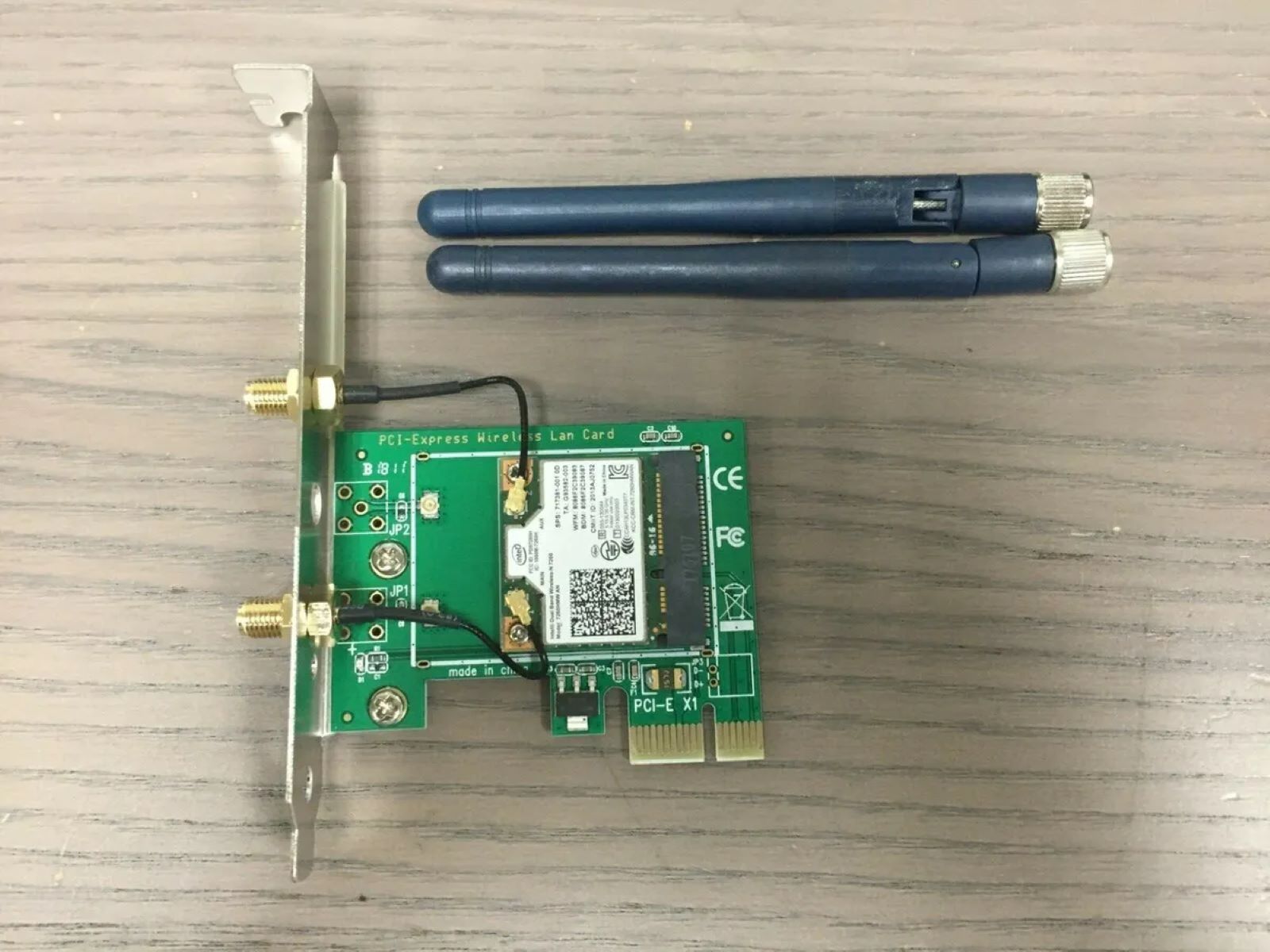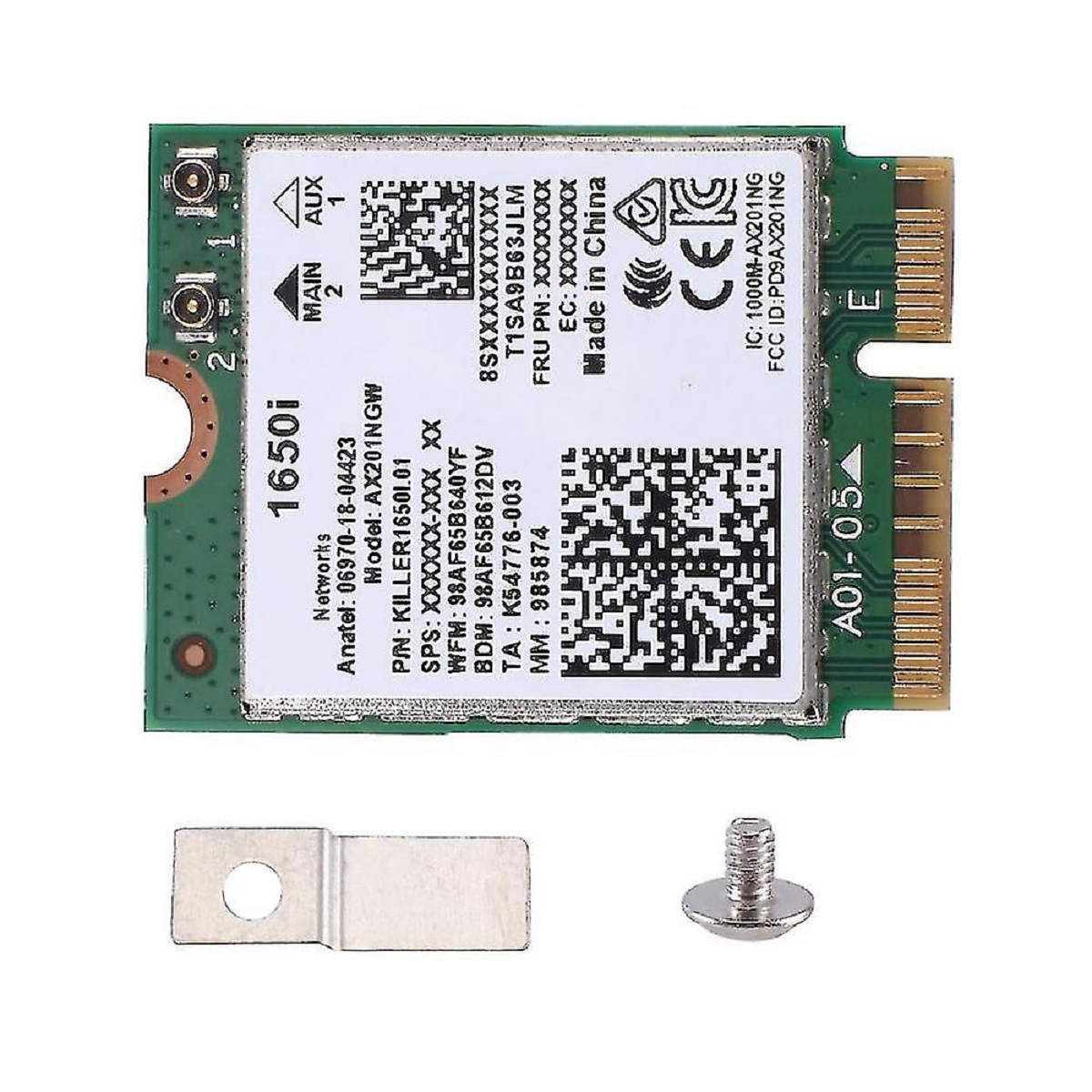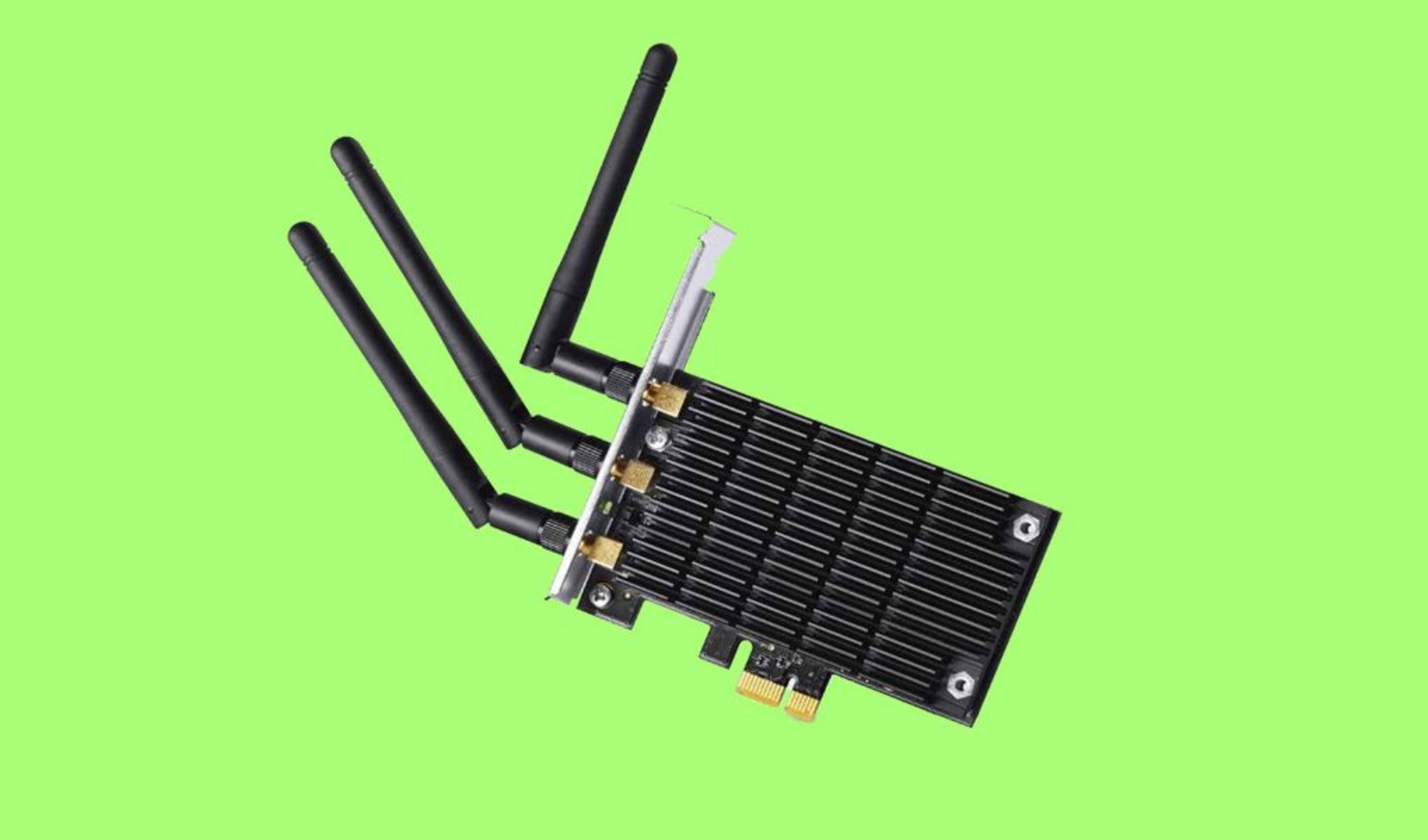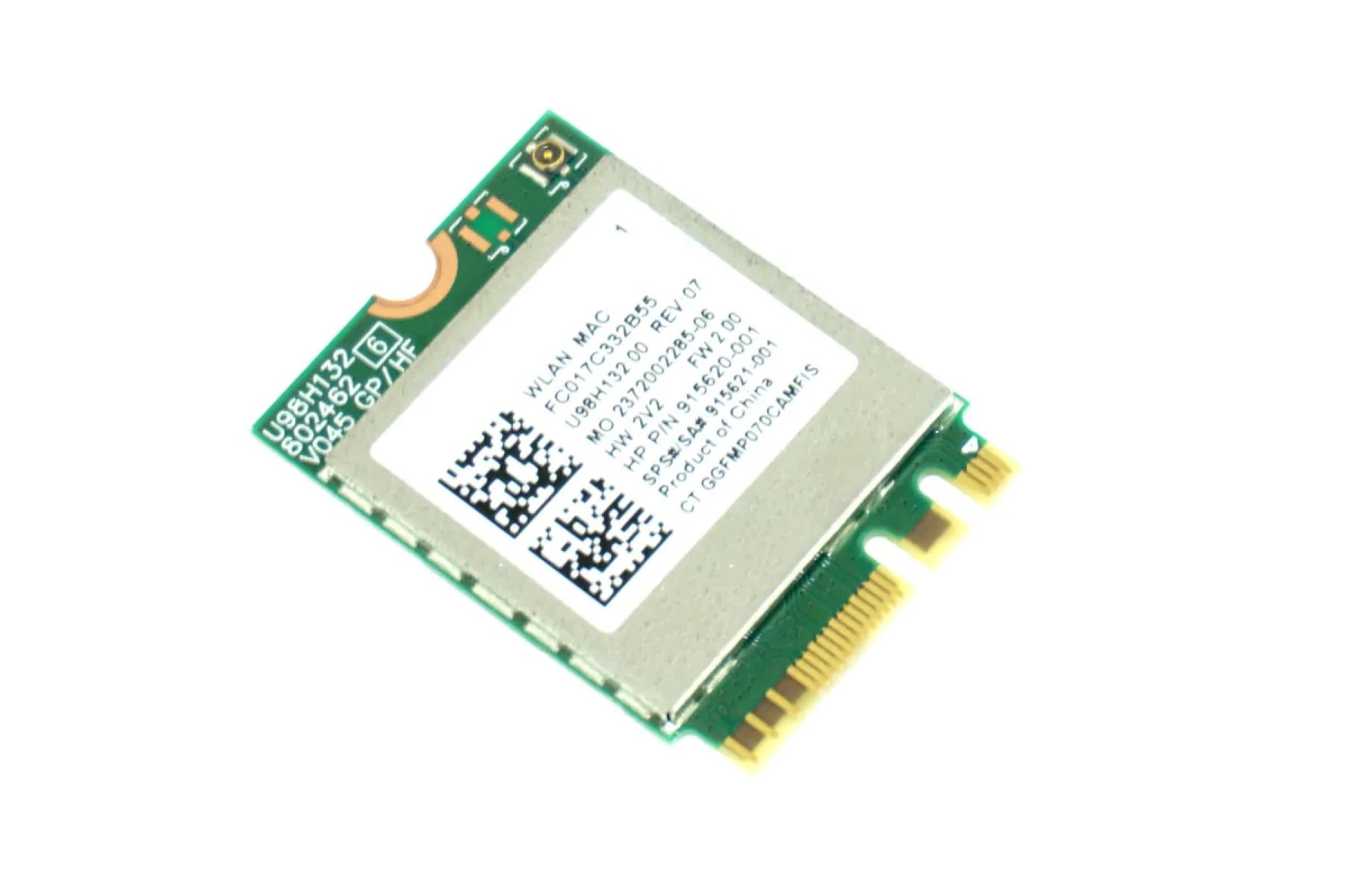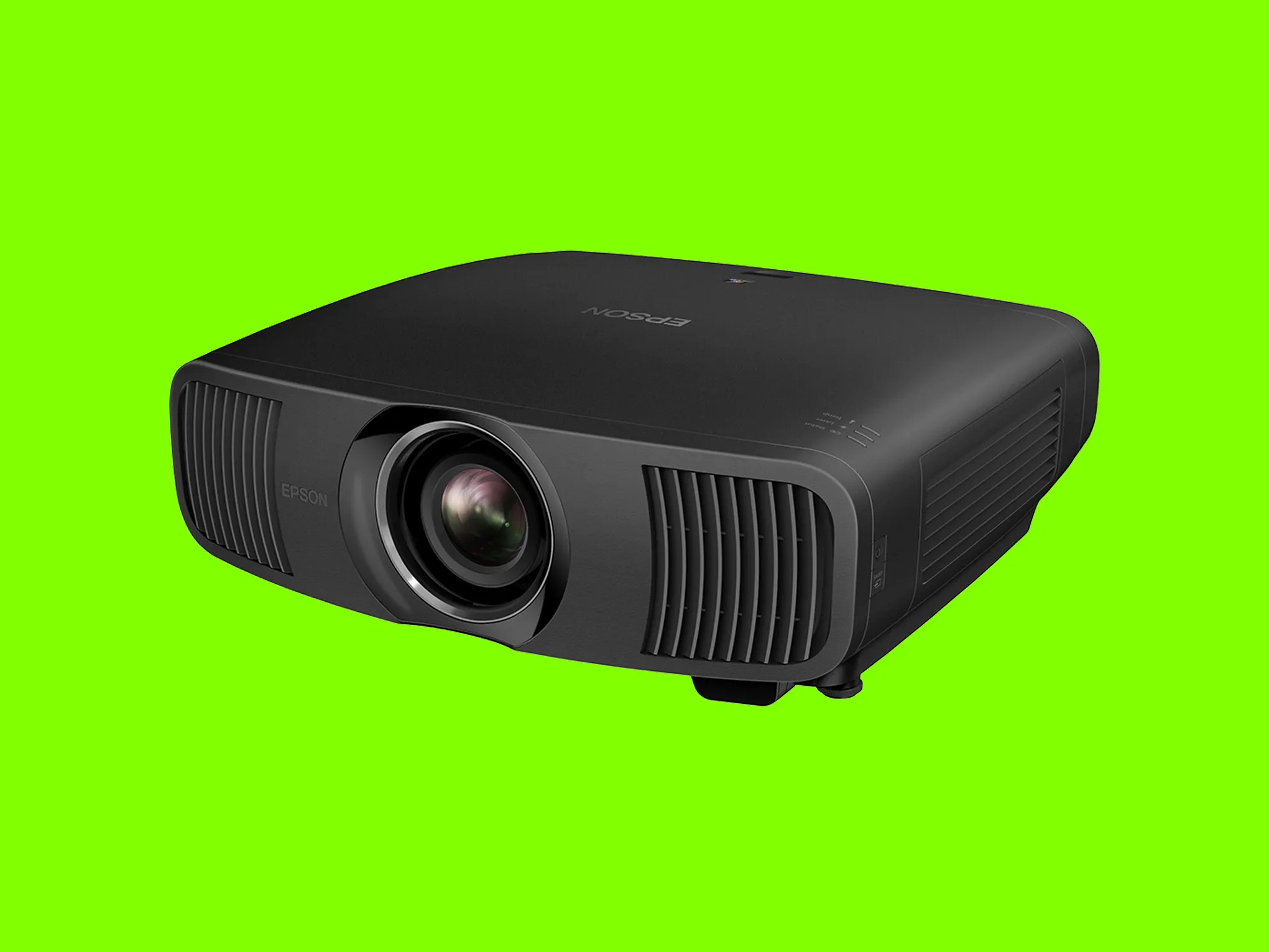Introduction
With the advancement of technology, wireless communication has become an essential part of our daily lives. Two of the most commonly used wireless technologies are Bluetooth and WiFi. While they both facilitate wireless connectivity, there are several differences between them. Understanding these differences is crucial in order to make informed decisions about which technology to use in various situations.
Bluetooth and WiFi are wireless communication standards that enable devices to connect and communicate with each other without the need for physical cables. They are widely used in a variety of applications, including smartphones, laptops, smart home devices, and IoT (Internet of Things) devices.
In this article, we will explore the differences between Bluetooth and WiFi in terms of definition, wireless communication, speed and range, power consumption, device compatibility, security, and applications.
By the end of this article, you will have a clearer understanding of the strengths and weaknesses of both Bluetooth and WiFi, and be better equipped to choose the appropriate technology for your specific needs.
Definition of Bluetooth and WiFi
Bluetooth is a wireless technology standard that enables short-range communication between devices using radio waves. It was originally developed as a wireless replacement for serial communication cables, with the goal of simplifying the process of connecting devices and transferring data.
WiFi, on the other hand, stands for Wireless Fidelity and is a wireless networking technology that allows devices to connect to the internet or local area networks wirelessly. It utilizes radio frequency signals to transmit data between devices, providing a wider range of connectivity compared to Bluetooth.
Bluetooth operates in the 2.4 GHz frequency range and typically has a range of up to 100 meters, depending on the class of the device. WiFi, on the other hand, operates in multiple frequency ranges, including 2.4 GHz and 5 GHz, and can provide coverage over larger areas, ranging from tens to hundreds of meters, depending on the specifications of the WiFi router and the presence of obstacles.
Both Bluetooth and WiFi use similar technical principles, such as modulation and data encoding, but they serve different purposes. Bluetooth is primarily designed for connecting devices in close proximity, such as wireless headphones to smartphones or a mouse and keyboard to a computer. WiFi, on the other hand, is designed for connecting devices to the internet or creating local area networks, enabling multiple devices to access the same network and share resources.
In summary, Bluetooth and WiFi are wireless technologies that enable devices to communicate with each other. While Bluetooth is focused on short-range communication, WiFi offers broader connectivity options and is tailored for internet access and network sharing.
Wireless Communication
Both Bluetooth and WiFi rely on wireless communication to establish connections between devices. However, there are important differences in how they manage this communication.
Bluetooth uses a technology called frequency hopping spread spectrum (FHSS), which divides the available frequency spectrum into multiple channels. It rapidly switches between these channels to transmit data, thereby reducing the likelihood of interference from other devices operating in the same frequency range. This makes Bluetooth more resilient to external interferences and enables multiple devices to coexist and communicate in the same area.
On the other hand, WiFi uses a technology called orthogonal frequency division multiple access (OFDMA), which allows multiple devices to simultaneously transmit and receive data using different subcarriers within the same frequency channel. This enables more efficient utilization of the available bandwidth and higher data transfer rates, making it ideal for transmitting large amounts of data over a network.
Another notable difference is the maximum number of devices that can be connected simultaneously. Bluetooth supports the concept of master and slave devices, where a master device can connect to multiple slave devices. This allows for multi-point communication, such as connecting a smartphone to several wireless speakers. WiFi, on the other hand, supports a larger number of concurrent connections, enabling multiple devices to connect to a WiFi network simultaneously.
In terms of data transfer rates, WiFi generally offers higher speeds compared to Bluetooth. WiFi can achieve data rates ranging from a few Mbps (megabits per second) to several Gbps (gigabits per second) depending on the WiFi standard being used (such as 802.11n, 802.11ac, or 802.11ax). Bluetooth, on the other hand, has a maximum data transfer rate of around 3 Mbps, making it more suitable for applications that require lower bandwidth, such as audio streaming or file transfer between devices.
In summary, Bluetooth and WiFi use different technologies for wireless communication. Bluetooth utilizes frequency hopping spread spectrum (FHSS) to minimize interference and supports multi-point connections, while WiFi uses orthogonal frequency division multiple access (OFDMA) to provide higher data transfer rates and allows for multiple simultaneous connections.
Speed and Range
When it comes to speed and range, there are significant differences between Bluetooth and WiFi.
Bluetooth is designed for short-range communication, typically with a range of up to 100 meters. However, the effective range can vary depending on the class of the device. Class 1 devices, which are used in industrial applications, can have a range of up to 100 meters, while class 2 devices, commonly found in consumer electronics, have a range of approximately 10 meters. Class 3 devices, typically used in accessories like wireless headphones, have a shorter range of around 1 meter.
As for data transfer speeds, Bluetooth has a maximum rate of around 3 Mbps (megabits per second). While this is sufficient for many common applications like audio streaming and file sharing, it may not be ideal for transferring large files or streaming high-definition videos.
WiFi, on the other hand, offers higher speeds and a broader range compared to Bluetooth. WiFi can achieve data transfer rates that vary depending on the WiFi standard being used. For example, the older 802.11n standard can provide speeds of up to 300 Mbps, while the newer 802.11ac and 802.11ax standards can deliver speeds of several Gbps (gigabits per second). The range of a WiFi network can extend from tens to hundreds of meters, depending on factors such as the WiFi router’s capabilities and the presence of obstructions.
It is important to note that while WiFi offers greater speed and range capabilities, these numbers are theoretical values and can be affected by various factors such as distance, walls, interference from other devices or networks, and the number of connected devices. In congested environments, the actual data transfer speeds and range of WiFi may reduce significantly.
In summary, Bluetooth is suitable for short-range communication with lower data transfer speeds, while WiFi offers faster speeds and a broader range, making it more suitable for internet access and network sharing over larger areas.
Power Consumption
Power consumption is an important factor to consider when comparing Bluetooth and WiFi, especially in battery-powered devices.
Bluetooth technology is designed to be energy-efficient and has been optimized for low-power consumption. It utilizes a low-power sleep mode when not actively transferring data, which helps conserve battery life in devices such as smartphones, wireless headphones, and fitness trackers. Bluetooth also supports various power-saving features like Adaptive Frequency Hopping (AFH) and low-energy modes (Bluetooth Low Energy), which further reduce power consumption in devices.
WiFi, on the other hand, generally consumes more power compared to Bluetooth. WiFi technology requires a constant connection to the network, which results in a higher power drain on the device’s battery. This is especially true during data-intensive activities such as streaming videos or downloading large files. WiFi also requires more processing power to maintain the connection, which can impact battery life in devices such as laptops and smartphones.
It’s important to note that the power consumption of both Bluetooth and WiFi is influenced by several factors, including the device’s hardware and software optimization, the distance between devices, and the strength of the network signal. Additionally, newer versions of WiFi, such as 802.11ax (also known as Wi-Fi 6), have introduced power-saving features to improve energy efficiency.
In summary, Bluetooth is generally more power-efficient compared to WiFi, making it a preferred choice for battery-powered devices. However, power consumption can vary depending on the specific implementation and the usage patterns of the device.
Device Compatibility
Device compatibility is an important consideration when choosing between Bluetooth and WiFi technologies.
Bluetooth is widely supported across various types of devices, including smartphones, tablets, laptops, wireless headphones, speakers, smartwatches, and even car audio systems. Almost all modern smartphones are equipped with Bluetooth capabilities, allowing for easy connectivity to a wide range of Bluetooth-enabled accessories and peripherals.
Device compatibility is further enhanced by the Bluetooth Special Interest Group (SIG), which ensures interoperability and standardization of Bluetooth devices. This means that devices from different manufacturers should be compatible and able to communicate with each other seamlessly, regardless of the brand or specific model.
WiFi, on the other hand, is more commonly found in devices that require internet connectivity or networking capabilities. This includes smartphones, tablets, laptops, desktop computers, smart TVs, printers, and IoT devices. WiFi compatibility is also widespread, with almost all modern devices supporting WiFi connectivity.
However, it’s worth noting that WiFi compatibility can vary based on different WiFi standards. Older devices may not support newer WiFi standards, such as 802.11ax (Wi-Fi 6), which can limit their connectivity options with the latest WiFi routers.
In terms of interoperability, WiFi-enabled devices generally have an advantage in terms of compatibility with networking protocols and internet access. Multiple devices can be connected to the same WiFi network, creating a local area network (LAN), and allowing for sharing of resources and seamless communication between devices.
In summary, Bluetooth technology offers broad compatibility across a wide range of devices, focusing on wireless connectivity for peripherals and accessories. WiFi, on the other hand, is more commonly found in devices that require internet connectivity and networking capabilities. Both technologies exhibit a high level of compatibility, but the specific requirements of your devices and the intended use case will determine which technology is more suitable.
Security
Security is a crucial aspect to consider when evaluating Bluetooth and WiFi technologies, as both have their own strengths and weaknesses in terms of protecting data and ensuring secure communications.
Bluetooth technology employs several security mechanisms to protect data during transmission. One of the primary security features of Bluetooth is pairing, which establishes a secure connection between two devices. Pairing can be done using passkeys, PIN codes, or even biometric authentication, ensuring that only authorized devices can connect and exchange data. Additionally, Bluetooth supports encryption protocols to safeguard the confidentiality of transmitted data.
However, it’s worth noting that older versions of Bluetooth (prior to Bluetooth 4.0) were susceptible to security vulnerabilities, such as the BlueBorne exploit, which allowed attackers to gain unauthorized access to devices. To address these concerns, newer versions of Bluetooth have implemented stronger security measures, including enhancements to encryption algorithms and protocols.
WiFi, on the other hand, benefits from the extensive security capabilities provided by the underlying network protocols. WiFi networks commonly use security protocols such as WPA2 (Wi-Fi Protected Access II) and WPA3, which offer robust encryption and authentication mechanisms to protect the integrity and confidentiality of data. These protocols require the use of secure passwords or passphrases, and they can be further strengthened with features like MAC address filtering and static IP assignment.
However, like any network technology, WiFi is not immune to security risks. Weak passwords, outdated firmware, and misconfigurations can leave WiFi networks vulnerable to unauthorized access or attacks. It is essential to regularly update firmware, use strong and unique passwords, and take additional security measures such as enabling network firewalls and regularly monitoring network traffic.
Overall, both Bluetooth and WiFi technologies have made significant strides in improving security over the years. However, it is important for users to remain vigilant and adopt best practices for securing their devices and networks, regardless of the technology being used.
Applications
Bluetooth and WiFi find applications in different scenarios based on their specific capabilities and strengths.
Bluetooth is widely used for short-range wireless communication between devices. It is commonly found in applications such as wireless headphones, speakers, gaming controllers, fitness trackers, and smart home devices. Bluetooth enables seamless connectivity between smartphones and accessories, allowing users to enjoy wireless audio streaming, hands-free calling, and control of various smart devices. It is also commonly used for file transfer between devices, such as sharing photos or documents between smartphones.
WiFi, on the other hand, is primarily used for high-speed internet access and local area networking. It is prevalent in home and office environments, where WiFi routers provide wireless internet connectivity to multiple devices simultaneously. WiFi allows users to browse the internet, stream videos, download files, and access cloud services on smartphones, tablets, laptops, and smart TVs. WiFi is also essential for IoT devices, enabling them to connect to the internet and communicate with other devices on the same network, creating a smart home ecosystem.
Moreover, WiFi is used in public spaces such as cafes, airports, and hotels, where WiFi networks provide internet access to a large number of users simultaneously. WiFi hotspots allow people to connect their devices to the internet without requiring any physical connection, enhancing connectivity and productivity on the go.
Both Bluetooth and WiFi have their unique advantages and limitations in specific applications. Bluetooth provides seamless connectivity for short-range communication and is suitable for applications that require mobility and simplicity. WiFi, on the other hand, offers higher speeds, a broader range, and internet connectivity, making it ideal for applications that require access to the internet or network resources.
It’s worth mentioning that advancements in wireless technology and the convergence of Bluetooth and WiFi capabilities have led to hybrid solutions such as Bluetooth over WiFi (such as Bluetooth Low Energy over WiFi) and WiFi Direct, which combine the strengths of both technologies to meet the demands of emerging applications.
In summary, Bluetooth is well-suited for short-range wireless connections between devices and is commonly used in audio accessories, fitness trackers, and smart home devices. WiFi excels in providing high-speed internet access and local area networking, catering to the connectivity needs of a wide range of devices from smartphones and tablets to laptops and smart TVs.
Conclusion
In conclusion, Bluetooth and WiFi are both wireless communication technologies that have revolutionized the way we connect and communicate with devices. While they both serve the purpose of enabling wireless connectivity, they differ in terms of range, speed, power consumption, device compatibility, security, and applications.
Bluetooth is ideal for short-range communication, offering a range of up to 100 meters and lower data transfer speeds. It is commonly used in applications such as wireless headphones, speakers, and smart home devices. Bluetooth is known for its energy efficiency and support for multi-point connections.
WiFi, on the other hand, provides broader coverage and higher data transfer speeds, making it suitable for internet access and local area networking. WiFi is widely used in homes, offices, and public spaces to connect devices to the internet and facilitate seamless communication between devices on the same network.
In terms of power consumption, Bluetooth tends to be more energy-efficient compared to WiFi, making it a preferred choice for battery-powered devices. However, WiFi has made significant progress in improving energy efficiency with newer standards like 802.11ax (Wi-Fi 6).
Device compatibility is high for both Bluetooth and WiFi, with support across a wide range of devices. Bluetooth is commonly found in smartphones, tablets, and various accessories, while WiFi is prevalent in devices that require internet connectivity and networking capabilities.
When it comes to security, both Bluetooth and WiFi technologies have implemented various measures to protect data during transmission. Bluetooth utilizes pairing and encryption protocols, while WiFi benefits from the security features of underlying network protocols like WPA2 and WPA3.
Ultimately, the choice between Bluetooth and WiFi depends on the specific requirements of the application and the intended use case. Bluetooth excels in short-range communication and simplicity, while WiFi offers higher speeds, broader coverage, and internet connectivity.
As technology evolves, we may see more integration and convergence between Bluetooth and WiFi, leading to hybrid solutions that combine the strengths of both technologies. These advancements will continue to shape the way we connect and communicate in our increasingly interconnected world.







